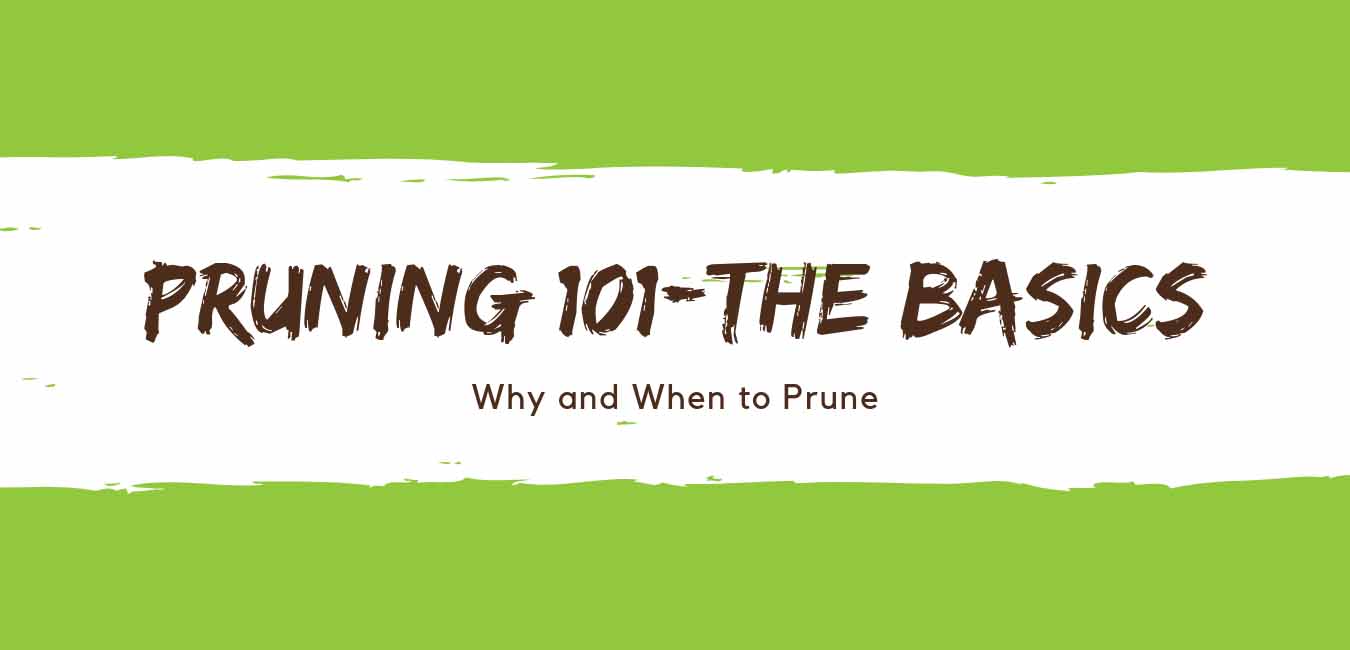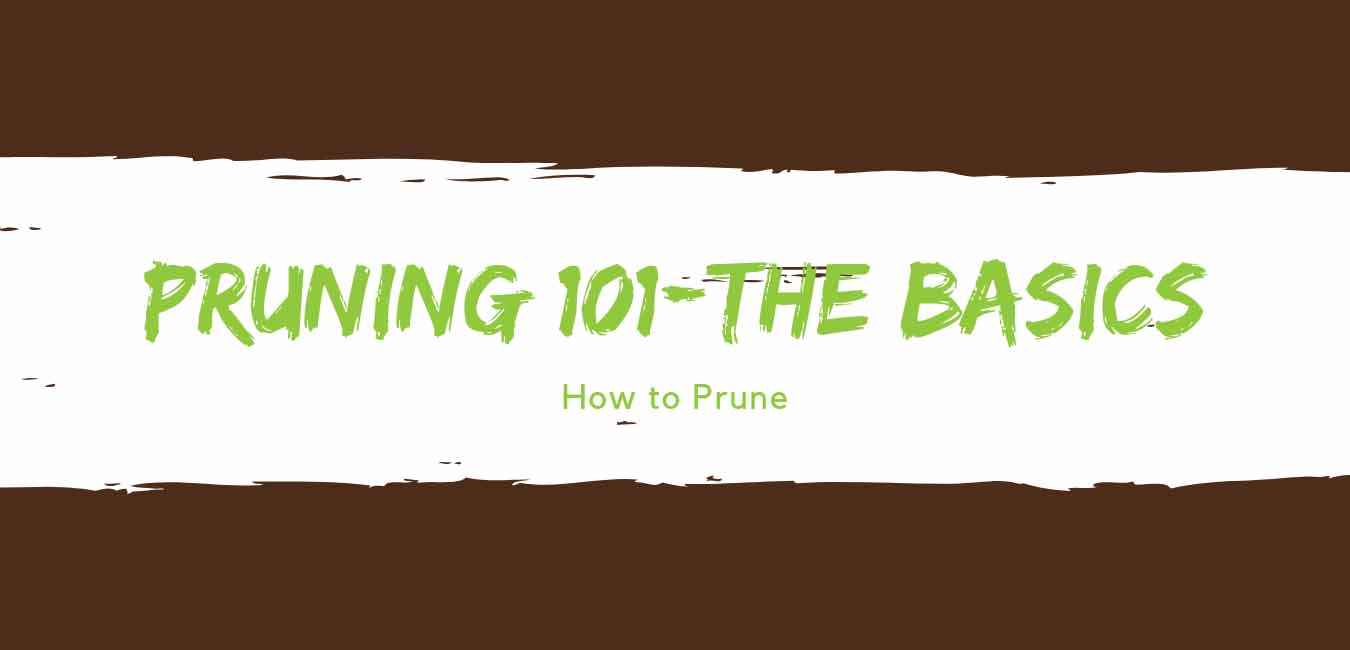
In our experience, pruning tends to be the ‘forgotten’ piece of the landscape puzzle. Many homeowners can easily handle mowing and weeding, but pruning can be a bit trickier. If your landscape is extensive, we would recommend an experienced green industry professional to do your pruning for you, but if you have some extra time on your hand’s pruning can actually be a lot of fun!
In order to understand how to prune, we must know why we do it in the first place. The purpose of pruning its to remove diseased, dead, or damaged portions of the plant. Pruning helps to ‘train’ your plants where you want them to go and can provide the structure the plant needs to thrive. Many times, pruning is necessary to thin out a plant or control its size. Once a plant becomes excessively overgrown, it many times cannot be brought back around—so appropriate pruning is truly important. Finally, pruning helps flowering and fruit-bearing trees to create more flowers and fruit and can reinvigorate really any plant.
The most frequent question we encounter is when to prune, and unfortunately, it tends to depend on the plant. Some general guidelines can help to guide homeowners if they are doing their own pruning.
Dormant Pruning (LATE winter)
- Best time to prune deciduous plants and evergreens
- Few pests are around at this time AND it is easy to see the makeup of your tree without all the leaves in the way
Spring Pruning
- Can encourage more growth
- EARLY spring is overall the best time to prune (think early March) because new growth has not begun
- DO NOT PRUNE OAKS AND ELMS
- Spring flowering shrubs (like lilacs and viburnum) prune right after done flowering NOT early spring
- Hedge shrubs (like yews) should actually be narrower at the top NOT narrower at the bottom-most homeowners make this mistake!
Summer Pruning
- DO NOT PRUNE OAKS AND ELMS
- Mostly maintenance type pruning to remove dead, disease or damage
- Deadheading and pinching back of annuals
Fall/Early Winter Pruning
- NOT the best time to prune-lots of disease possible-could remove future buds on flowers
- Cutbacks of perennials (like hostas and peonies) are important to do in the fall to prevent disease and pests-the plants will give you a hint it is time to prune when you see disease-dead portions-or damage!
Need more help with pruning, check out these blogs!
Get started today with a consultation!
Want tips and tricks for your lawn & landscaping?
Sign Up For Our Free Quarterly Newsletter
We take your personal information very seriously. We will not share any of the information you provide with any 3rd parties. Provided information will be used specifically to contact you in regards to your inquiry.








